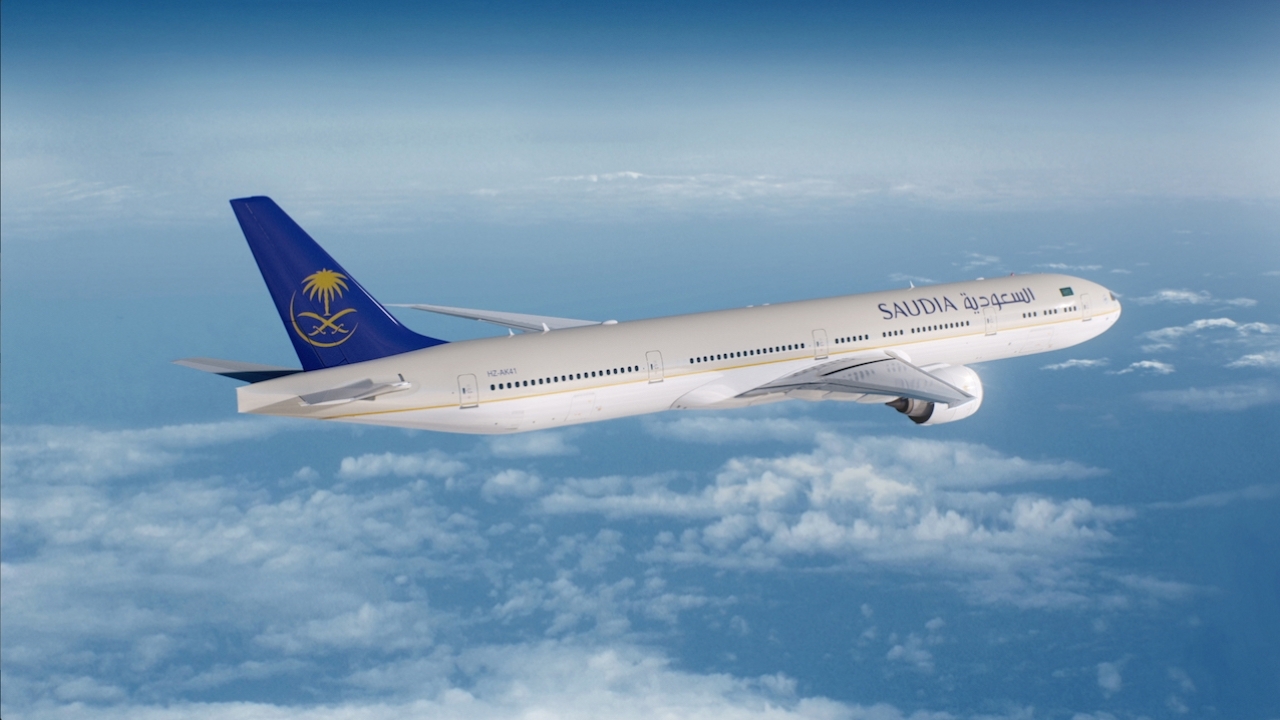Climbing to the top of a lean, green market
Paris-based Safety Line has developed OptiClimb, which offers a way of saving up to 10% of the fuel used during an aircraft's initial take-off climb. Steve Nichols looks at the implications.

Safety Line says the OptiClimb system works by optimising the climb profile for a particular aircraft type to make it as fuel-efficient as possible.
Air France-KLM’s low-cost operation Airline, Transavia, trialled OptiClimb for four months and posted regular fuel savings of up to 10% during the take-off phase, equivalent to about 100kg per flight.
The Paris-based start-up developed the OptiClimb fully optimised climb profiles for each of Transavia’s individual aircraft, based on historical performance data, the route and the flight conditions on that particular day.
Once these profiles were prepared, changes to the speed and climb characteristics could be made for each aircraft’s subsequent flight. The results were fuel savings across the board.
Pierre Jouniaux, CEO of Safety Line, said: “The climb phase is the most fuel-consuming phase of a flight. OptiClimb uses black box data – which is available at zero cost – to very accurately determine and analyse each aircraft’s aerodynamic characteristics.
“These can vary from the manufacturer's original specifications as the aircraft gets older. By carefully analysing the actual data from real flights, we are able to optimise the climb rate to give the lowest fuel consumption.
“We did complex calculations on the ground by analysing the data from each aircraft and the various parameters, such as the take-off weight, temperature and wind. The result was a customised climb profile for the aircraft, rather than the standard manoeuvre that is normally fed into the flight management system.”
In December 2015, at the UN Climate Conference (COP21) 195 countries agreed, by consensus, to the Paris Agreement to reduce greenhouse gases.
They agreed to reduce their carbon output “as soon as possible” and to do their best to keep global warming “to well below two degrees C”.
Two months after COP21, Transavia decided to apply OptiClimb to its medium-haul scheduled flights as a step towards greener aviation. Its decision was part of the airline’s eco-friendly approach, aimed at reducing greenhouse gas emissions in air transport.
The OptiClimb software has been designed in association with the French Institute for Research in Computer Science and Automation (INRIA).
The ideal climb profile for a particular aircraft is determined ahead of each flight – Safety Line says the slight modification to the flight path does not affect passenger safety or comfort.
“On a yearly basis the fuel savings can be up to several million euros, depending on the size of the airline,” said Jouniaux. “Applied across the industry, this could also result in a significant reduction in CO2 emissions.”
Its figures show that, for a big airline with 1,000 flights per day, a 2% fuel saving would represent a 200kg saving per flight, 260 tonnes per day and an annual cost saving of €66 million ($73.5m).
Jouniaux said that the work it completed for Transavia was based on the Boeing 737, but it is now keen to work with Airbus narrow-bodies as well, especially the A320.
He said that it is currently talking to Lufthansa about potential tests with the airline.
Jouniaux added that 60 million tonnes of CO2, the equivalent of the annual CO2 emissions of Portugal or Vietnam, could be avoided if all airlines in the world were to use OptiClimb.
“We have had a lot of interest from low-cost carriers (LCCs) as each of their aircraft may perform up to seven or eight take-off climbs each day,” said Jouniaux, adding that LCCs stand to benefit the most from OptiClimb’s profiles.
“The initial results seem hard to believe as the figures are so good. But the only real change is that pilots may have to make two speed changes during the climb phase rather than one – that’s not really a lot to ask of them,” he concluded.
Other companies agree. Safran and Safety Line recently signed a memorandum of understanding to “group their technologies and areas of expertise for the greater benefit of all airlines”. The objective is to integrate Safety Line’s OptiClimb solution into the SFCO2 service offering from Safran.
Stay up to date
Subscribe to the free Times Aerospace newsletter and receive the latest content every week. We'll never share your email address.

